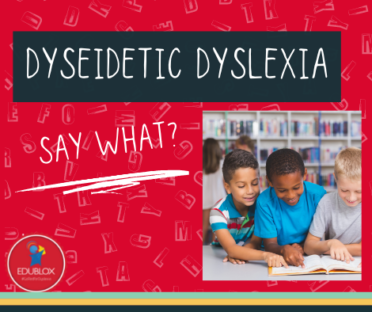Dyseidetic versus Dysphonetic Dyslexia
The prominent characteristic of dyseidetic dyslexia, also called visual dyslexia, is the inability to revisualise the gestalt of the word. Dysphonetic dyslexia, on the other hand, is associated with auditory-processing difficulties.
Read MoreWhat Is Dysphonetic Dyslexia?
Children whose reading difficulties relate to auditory-processing weaknesses have been called auditory dyslexics or dysphonetic dyslexics. They tend to have good visual processing skills, but have difficulty remembering letter sounds, analysing the individual sounds in words, and blending sounds into words.
Read MoreHelp, My Child Has Dyslexia (Part 4)
Imagine how a parent feels if, despite doing all the right things - such as buying them lots of children’s books and reading to them every night - their child struggles to learn to read when they start school. It comes as a total surprise in that there is no apparent reason why this should happen...
Read MoreDifferent Types of Dyslexia
The terms phonological dyslexia and surface dyslexia are generally used to describe two main types of dyslexia. Phonological dyslexia includes trouble breaking words down into syllables and into smaller sound units called phonemes, while kids with surface dyslexia struggle with reading because they can’t recognise words by sight.
Read More







